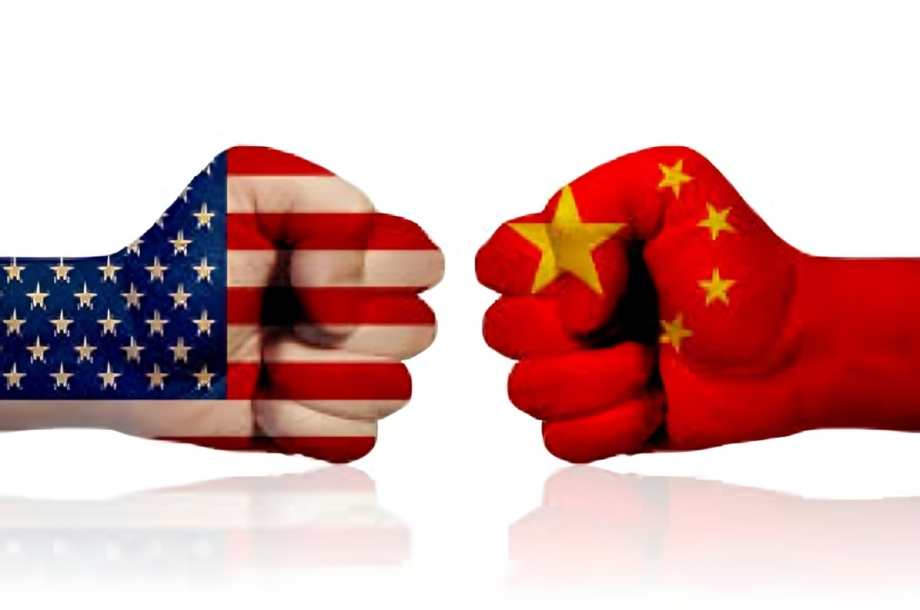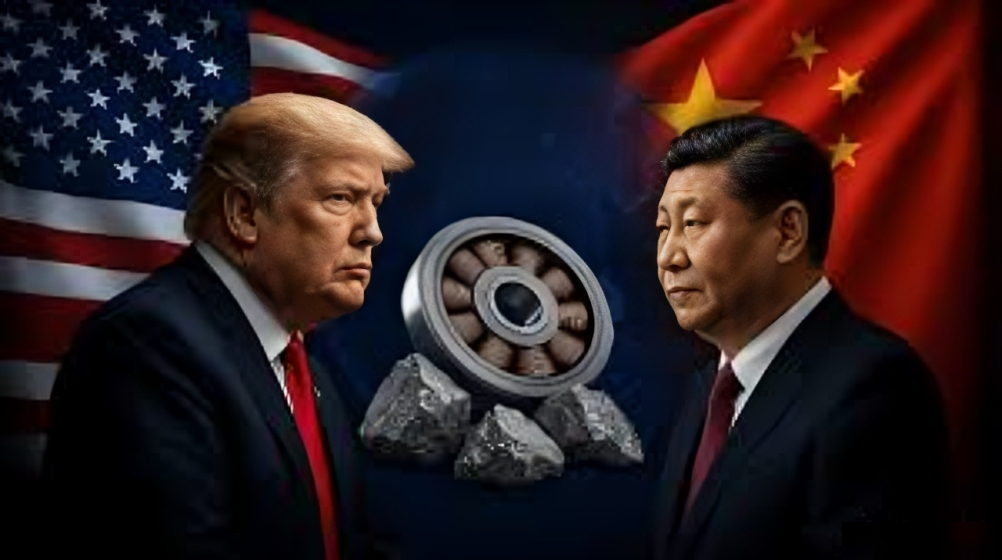The temporary trade truce between the US and China may still hold, but Washington is orchestrating a broader Beijing braces for global strategy to isolate China from critical supply chains. With a crucial July 9 deadline approaching, the Biden administration (building on Trump-era policies) is actively negotiating deals with key global players — in Asia and Europe — that threaten to reshape global commerce.
From imposing higher tariffs to enforcing origin rules and export controls, the US is rallying nations to adopt restrictive trade practices targeting China. As tensions escalate, Beijing has issued strong warnings, signaling retaliation if its core interests are compromised.
Vietnam: First Domino Falls
On July 2, former President Donald Trump (still a significant trade voice) revealed the first deal under the new strategy — a tiered tariff agreement with Vietnam. According to the plan:
- 20% tariff on general Vietnamese exports to the US
- 40% tariff on goods with suspected Chinese components transshipped through Vietnam
This deal mimics clauses from the US-Mexico-Canada Agreement (USMCA) and is designed to clamp down on Chinese goods repackaged through third countries.
Vietnam, Cambodia, and Taiwan are highly exposed in this web of rerouted trade, where goods made with Chinese inputs undergo minimal assembly and are then labeled “Made in [country].”
India: Rules of Origin Negotiations
India is also deep in talks with the US. The main sticking point is the “rules of origin” clause:
- The US wants 60% local value addition to classify goods as “Made in India”
- India seeks to lower this threshold to 35%, fearing it may disrupt sectors dependent on Chinese inputs
Despite the dispute, India remains a strategic partner for Washington, and a deal could be finalized before July 9. The outcome will heavily impact India’s electronics and auto component exports.
Asia’s Dilemma: US Demand vs. Chinese Inputs
As Natixis SA economist Alicia Garcia Herrero notes, “Asia’s dilemma is dependence on US final demand while relying on Chinese inputs.” Economies like Vietnam, Cambodia, and Taiwan are walking a tightrope.
Several countries are already tightening transshipment regulations:
- South Korea launched a customs crackdown
- Taiwan requires declarations that US-bound goods are locally manufactured
- Thailand is enhancing checks on component origin
These actions aim to avoid sanctions and stay in Washington’s good books.

Export Controls: Semiconductor Battle Intensifies
China’s biggest concern lies in high-tech export controls, especially related to semiconductor manufacturing equipment. The US has successfully lobbied allies to restrict sales to Chinese giants.
- In June, Taiwan blacklisted Huawei and SMIC, requiring government approval for business
- Japan, South Korea, and the Netherlands have already joined hands with the US in restricting key chip equipment exports
This severely hampers China’s ability to build advanced chips, crucial for AI, defense, and digital infrastructure.
Europe’s Tightrope: Caught Between Giants
The European Union, China’s top market for electric vehicles, is feeling the squeeze. While Chinese investment into the EU and UK touched €10 billion last year, trade tensions are mounting.
- European Commission President Ursula von der Leyen accused China of “weaponizing rare earths”
- The EU is considering a deal similar to the UK-US agreement, which includes clauses on export controls, supply chain security, and ownership rules
China fears such deals will set a precedent across Europe. The Chinese Foreign Ministry released a statement warning that it will “resolutely counter” any deal that compromises its interests.
July 9: The Tariff Cliff
The clock is ticking. July 9 marks the end of the 90-day pause on “reciprocal” tariffs that Trump initiated. If no deals are signed by then:
- Dozens of US trading partners could face up to 50% tariffs
- The EU is particularly vulnerable, with US-bound exports exceeding those to China by 2X
This gives the US immense leverage, pushing Brussels to strike a deal — potentially at Beijing’s expense.
China’s Response: From Diplomacy to Retaliation
China has a history of swift and strategic retaliations:
- Imposed anti-dumping probes on European brandy, pork, and dairy after the EU hit Chinese EVs with tariffs
- Banned Japanese seafood in 2023 post-G7 criticism
- Blocked Australian wine, lobsters, and barley after Canberra called for a Covid probe in 2020

If any agreement explicitly targets China or aligns with the US in a perceived effort to “contain China,” experts like Tu Xinquan warn a strong response is inevitable.
Long-Term Risk: Fragmented Trade Order
Beijing’s deepest fear isn’t a few tariffs — it’s a global economic realignment:
- The formation of “trusted supply chains” that exclude China
- A new order where allies bypass China in critical industries — from semiconductors to green tech
In his recent Southeast Asia tour, President Xi Jinping called for unity as an “Asian family,” opposing trade fragmentation. But global momentum seems to be heading the other way.
Harbhajan Singh Birthday: A Powerful Cricket Legacy


[…] Beijing Braces for Global Trade Shift as US-Led Alliances Threaten China’s Supply Chain Role […]
[…] Beijing Braces for Global Trade Shift as US-Led Alliances Threaten China’s Supply Chain Role […]